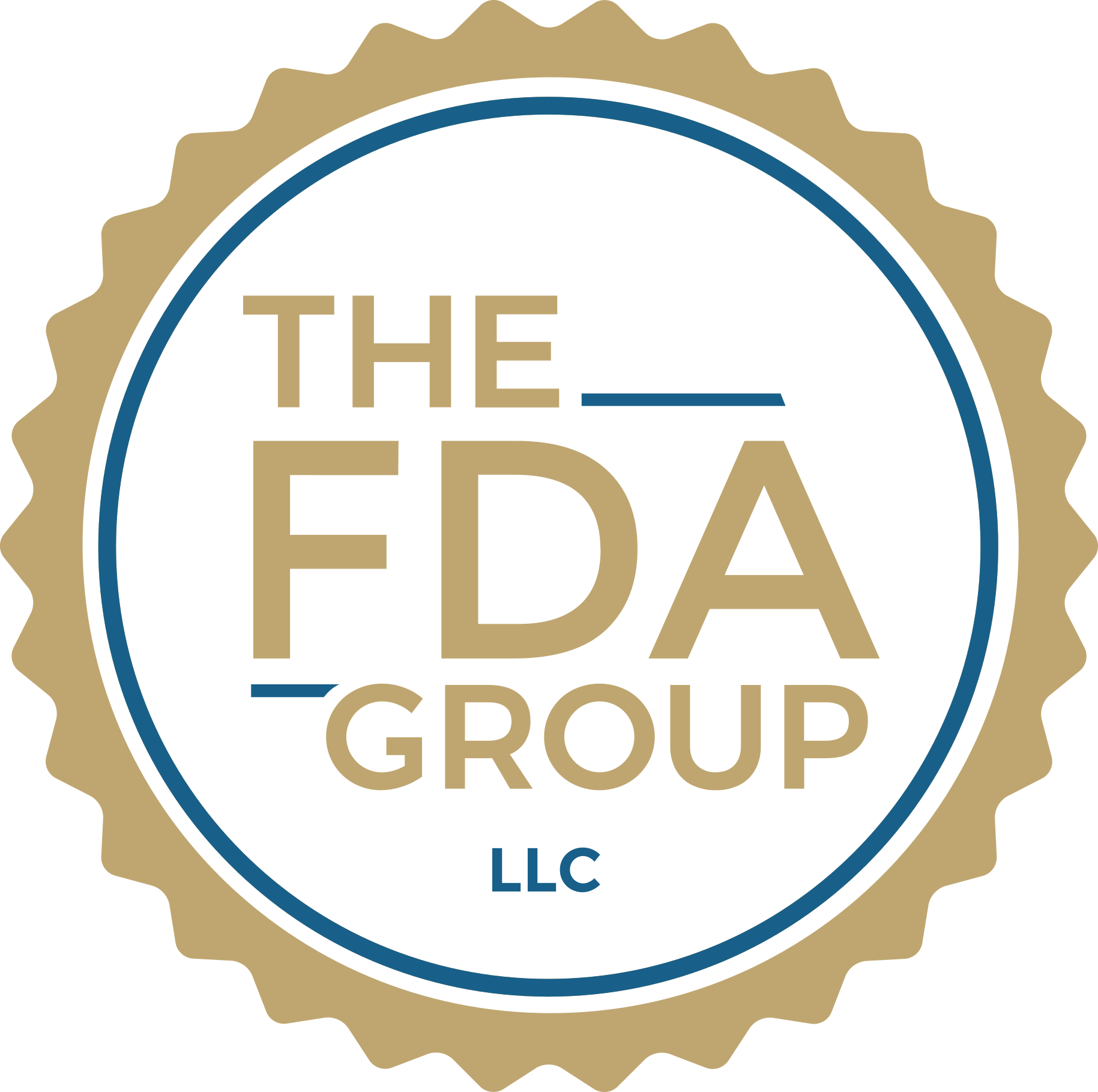FDA has begun cracking down on drug makers that import their products into the US. Many of these have involved generic drugs that are made in India. In fact, in April of this year, FDA banned imports of many generic drugs that are associated with the drugmaker Apotex.
That company has a large manufacturing base in India, most likely to keep production costs low. However, Apotex is just one firm in a long list with facilities in India that have been sanctioned in the last year. Others include Ranbaxy, Sun Pharmaceutical, and Wockhartdt.
These questions have raised worries about the drug quality of products that are imported from India, as well as other far off places in the world.
Consumer Reports recently talked to FDA and industry experts about the issue, to determine if generic drugs that are made in India are safe.
Why Are FDA Sanctions on the Rise in India?
One of the big reasons that we are seeing more FDA 483s and warning letters in India is that the agency is increasing efforts to ensure that all drugs brought into the US adhere to cGMP regulations. Many companies have facilities spread all over the globe to save costs, so FDA investigators often are spread too thin. That is why in 2012, Congress passed the FDASIA Act, which will require FDA to inspect plants overseas as often as in the US. In 2013, the Indian government also added seven new FDA auditors. That brings the total up to 19 FDAers in India.
FDA noted recently that the agency is increasing efforts overseas, especially in India. FDA has found that most Indian companies understand FDA cGMP guidelines and use them, but there have been problems with some firms. FDA is making quality in Indian drug operations a top priority in 2014 and beyond.
FDA also stated that recent import bans only affect a tiny fraction of the total quantity produced in India.
Are These Problems Only In India?
No. The problems that FDAers find in cGMPs in India are similar to others around the world. For example, in 2013, FDA sent out warning letters about manufacturing and packaging violations to firms in India, Canada, Austria, China, Germany and Spain. Some of the most common problems in all countries included poor quality checks, improper data collection and contaminated drugs.
Also, drugs and medical device imports went up 500% from 2007-13. FDA is trying hard to keep up in that country. FDA import alerts rose greatly in the last five years in China, just as much as in India.
Should People Only Take Drugs Made in the US?
This is not realistic, given how much the pharmaceutical supply chain is globalized today. About 40% of the drugs we take in the US are made off shore. And two of the biggest exporters of drugs to the US are China and India. And, about 80% of the APIs used to make drugs in the US come from outside the US. So, it is very hard to know where all of the ingredients in a drug come from.
Overall, people should remember that FDA is putting more resources into cGMP quality efforts in India, China and around the globe. It also continues to work closer with regulatory counterparts in these countries to make the drug supply safer.
